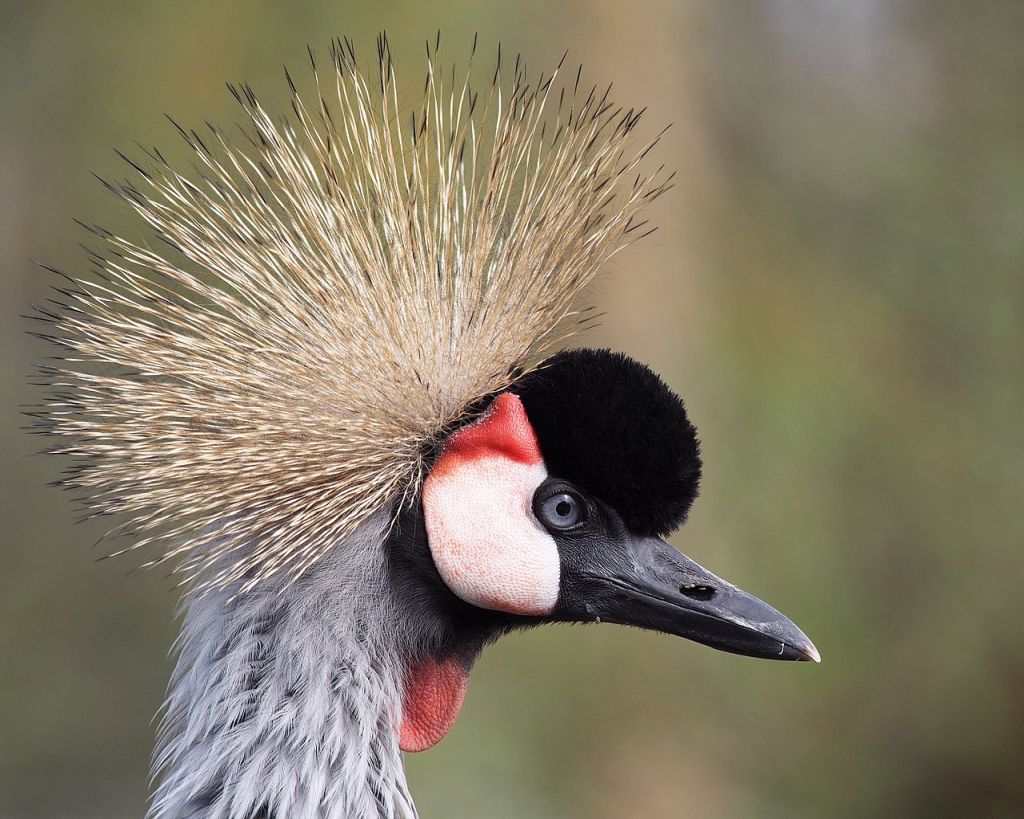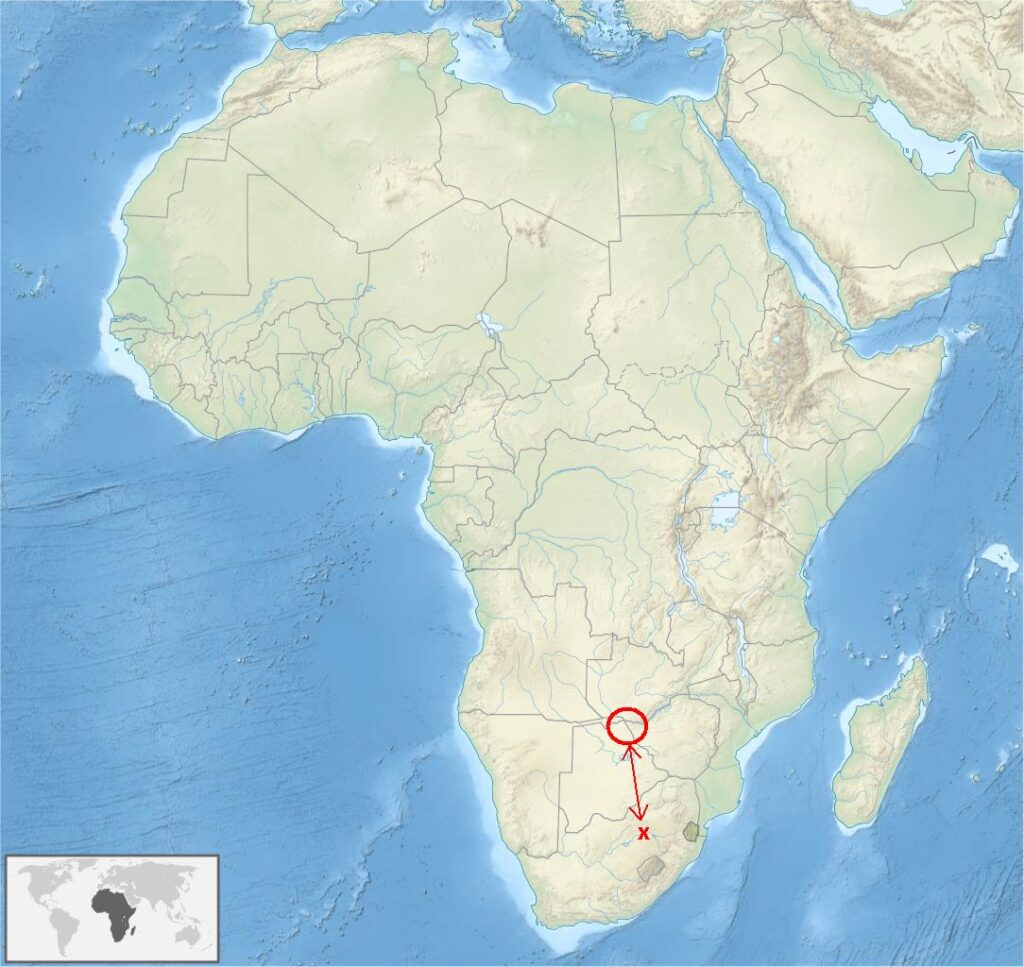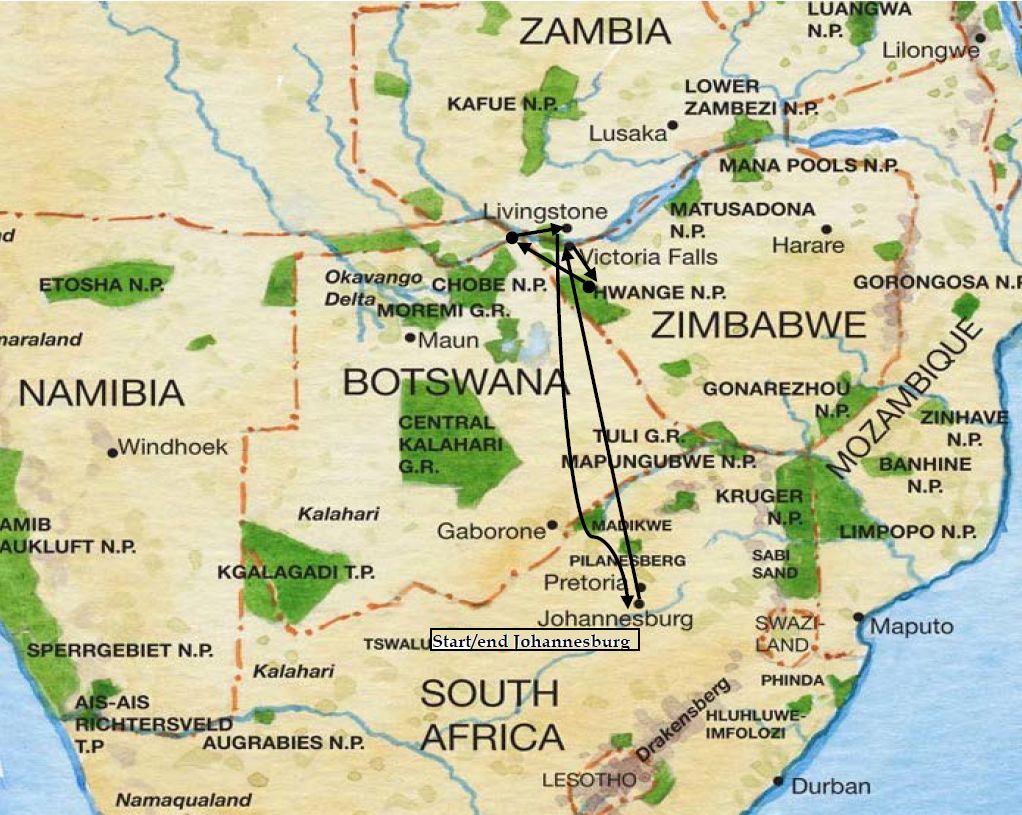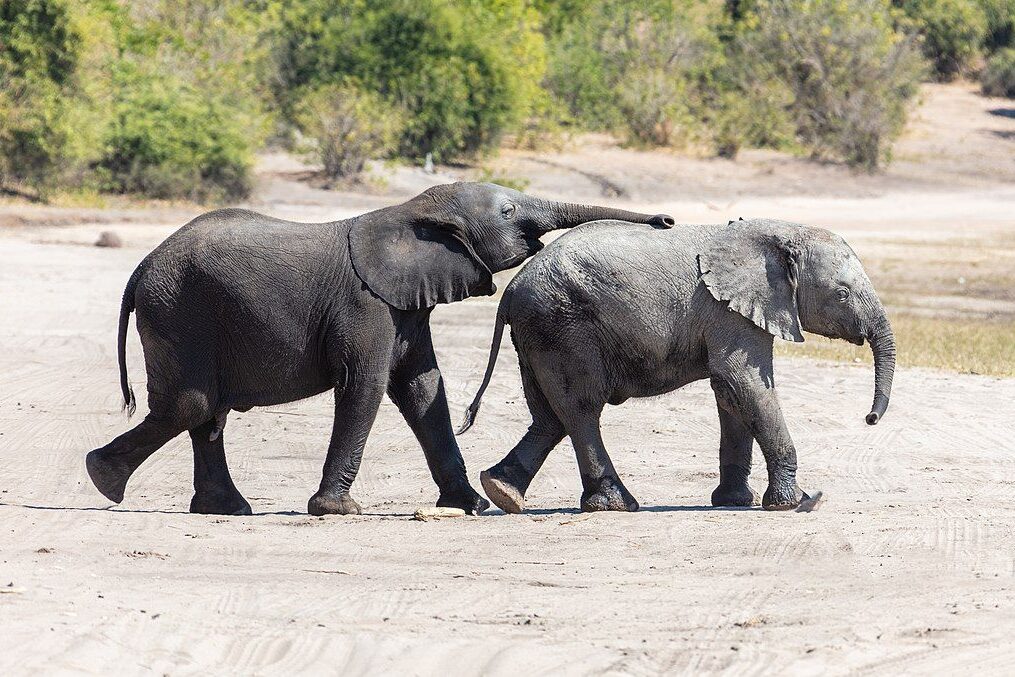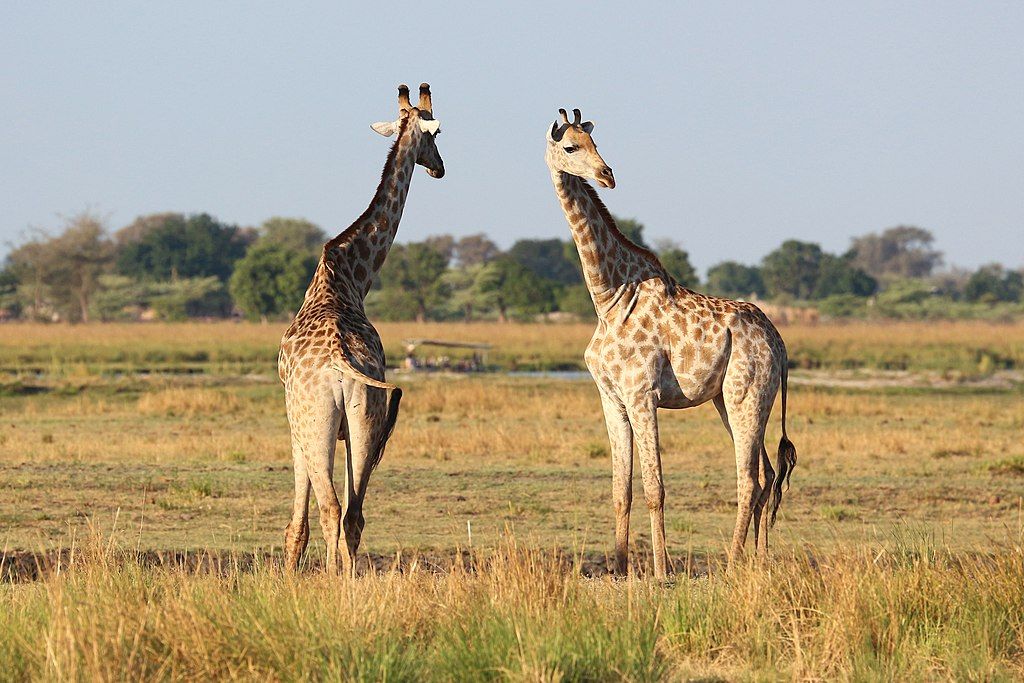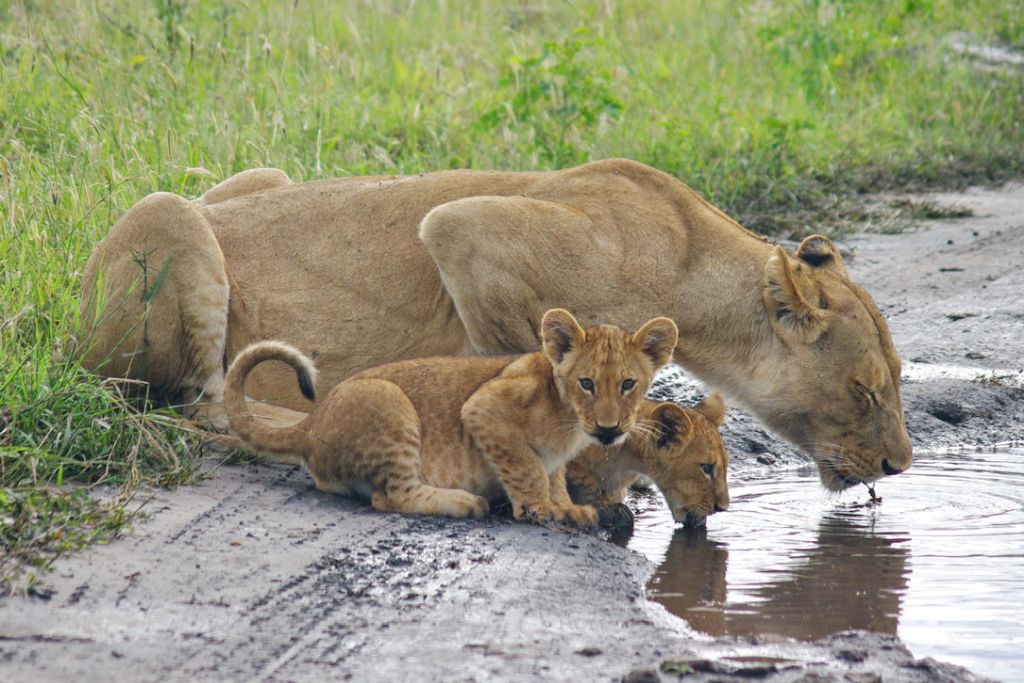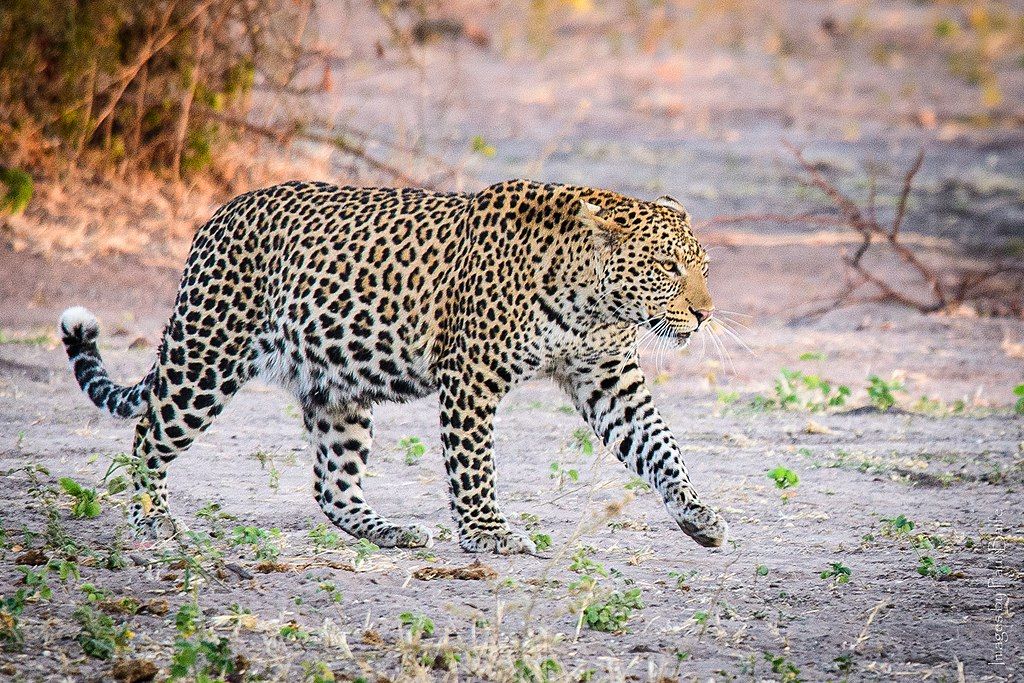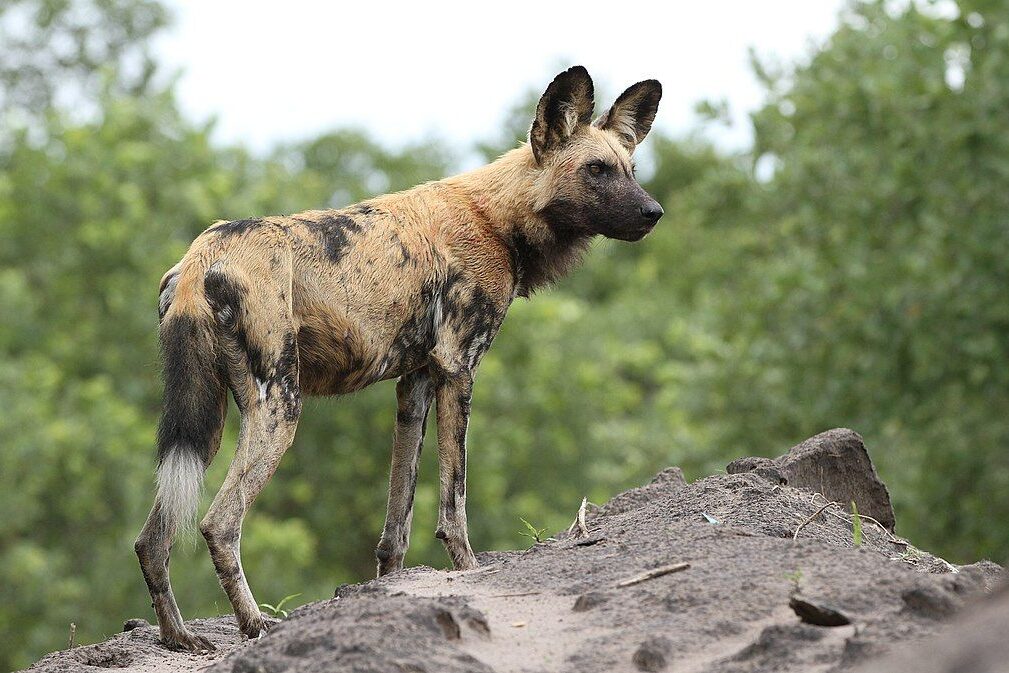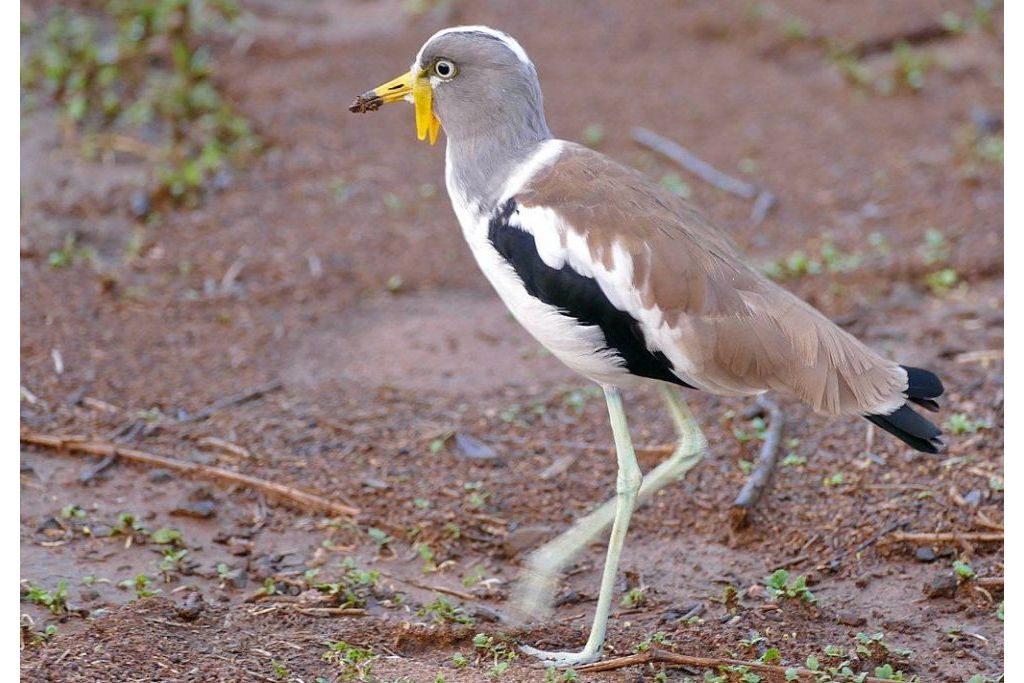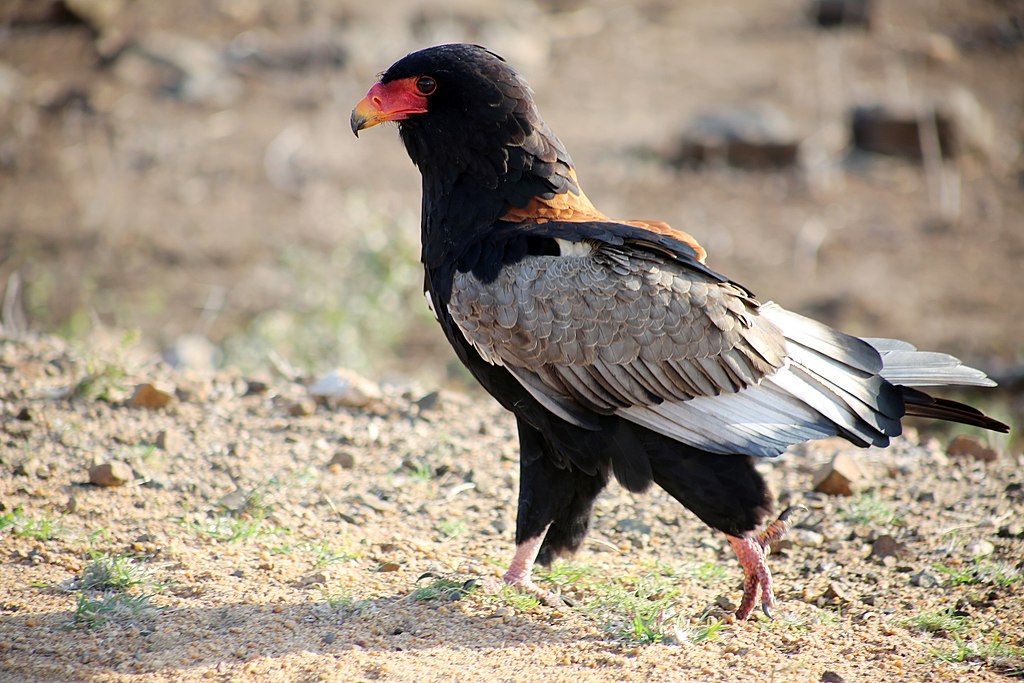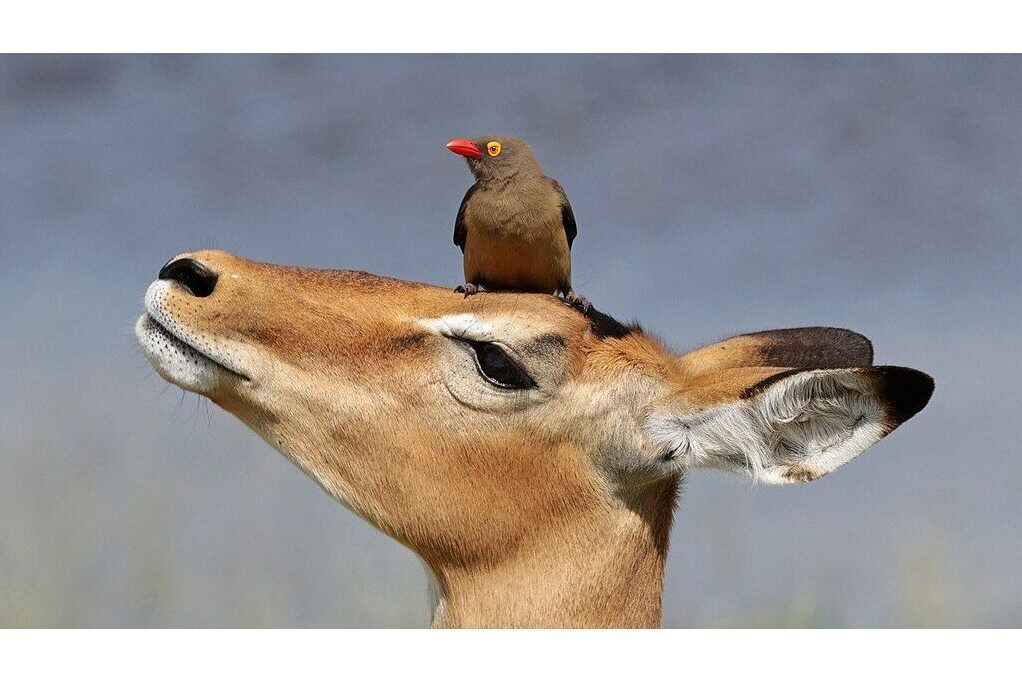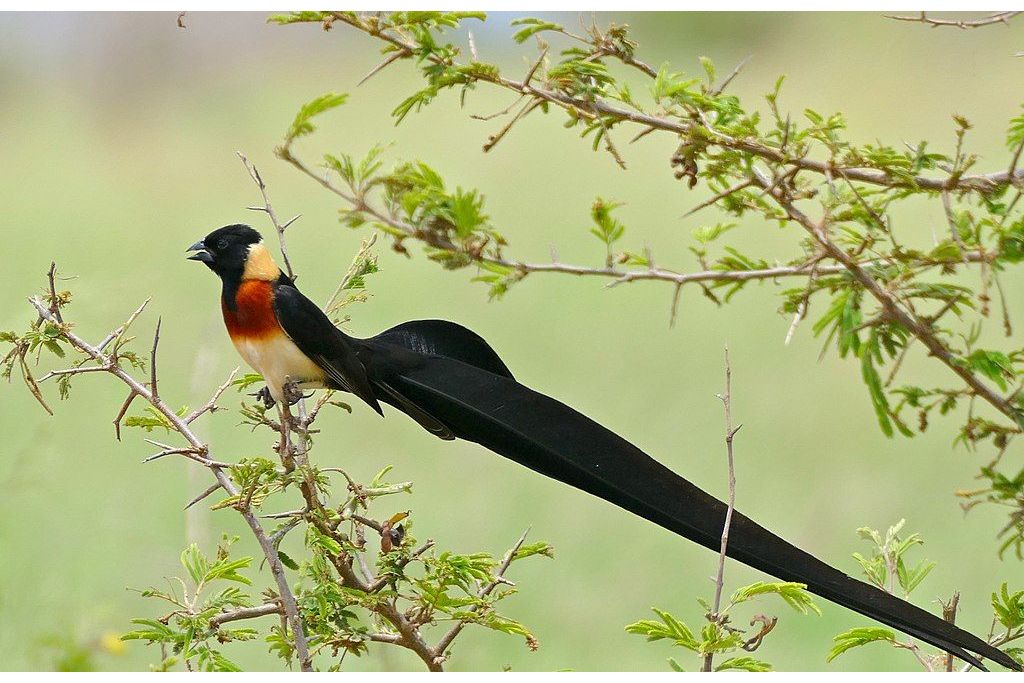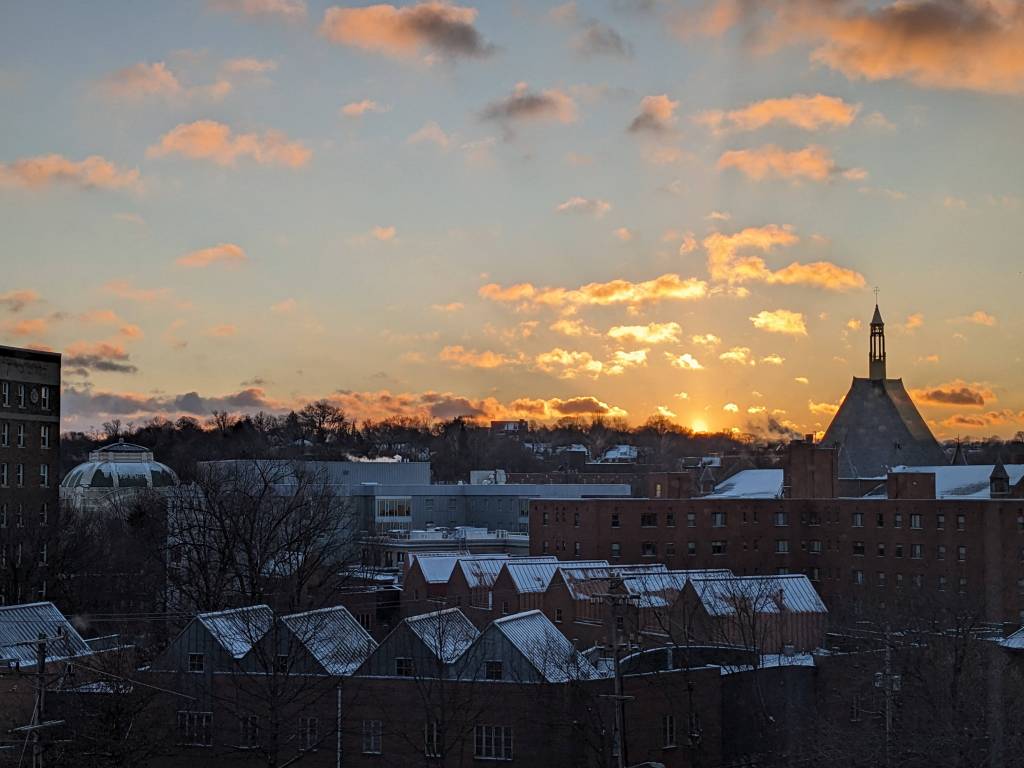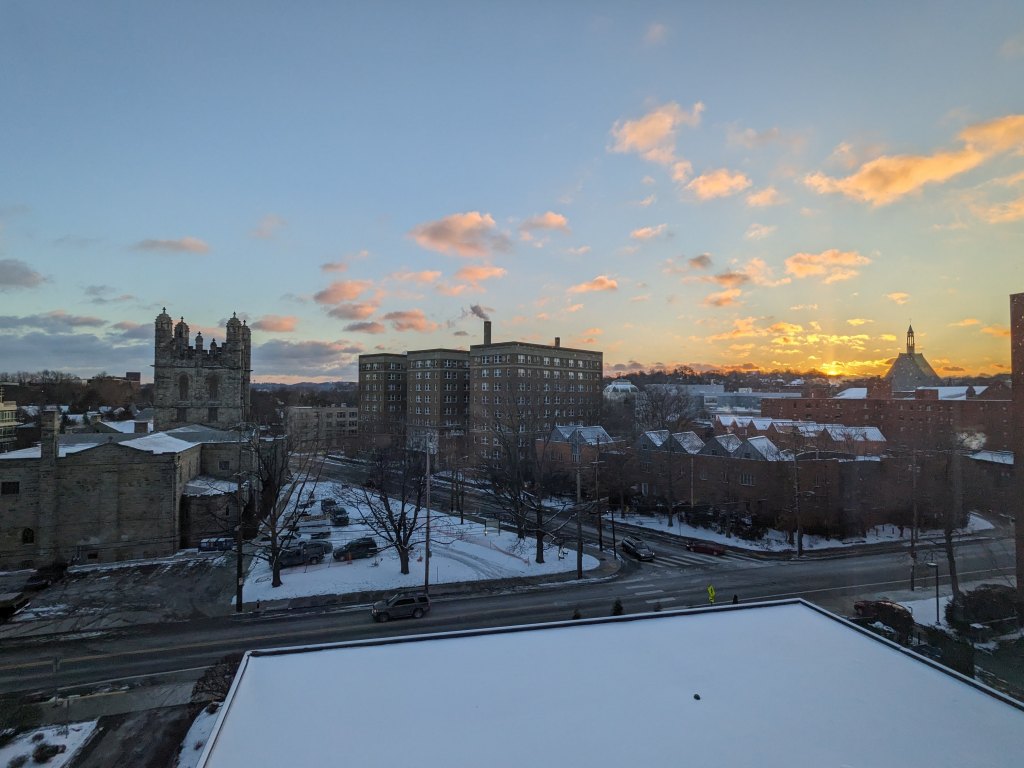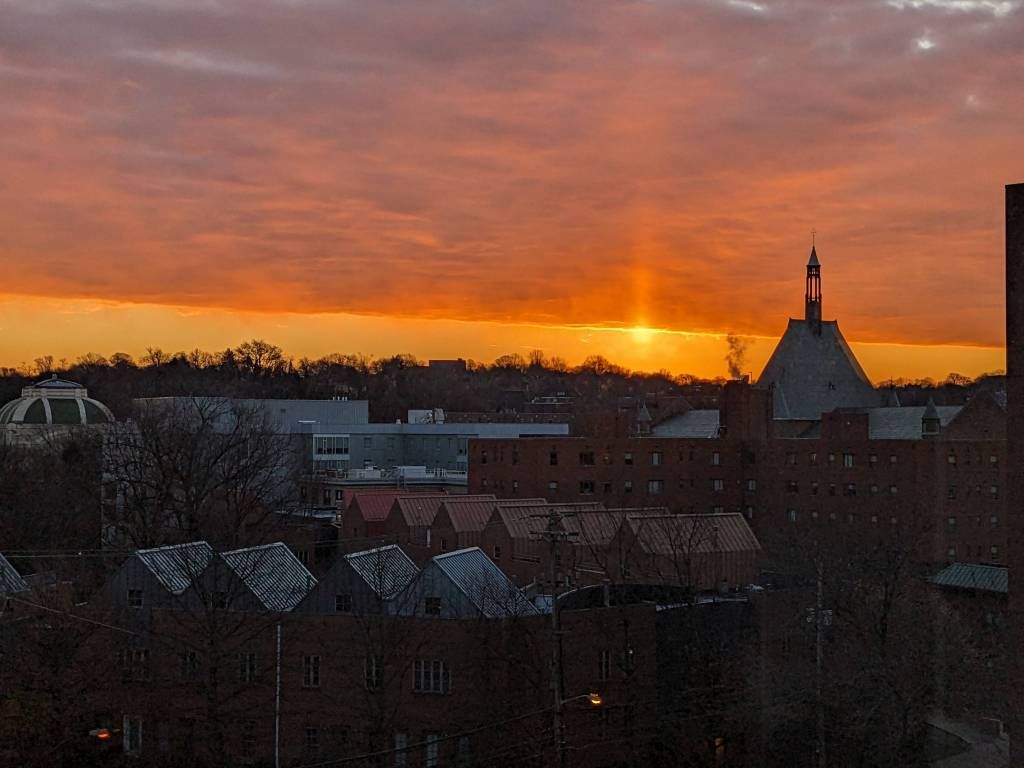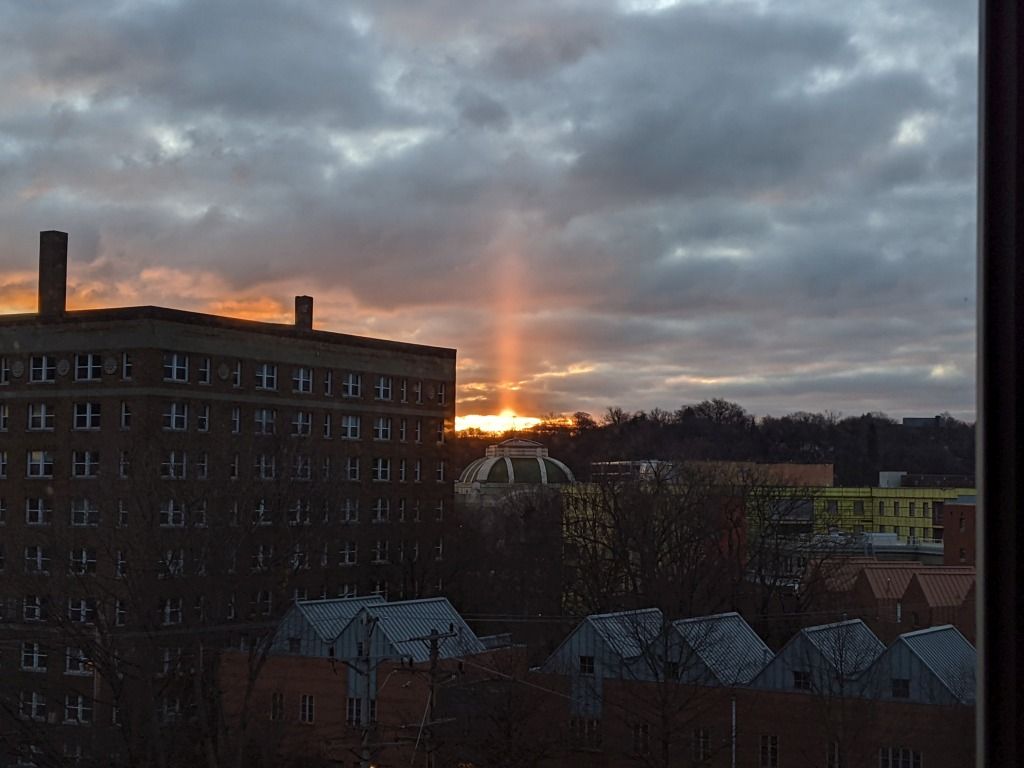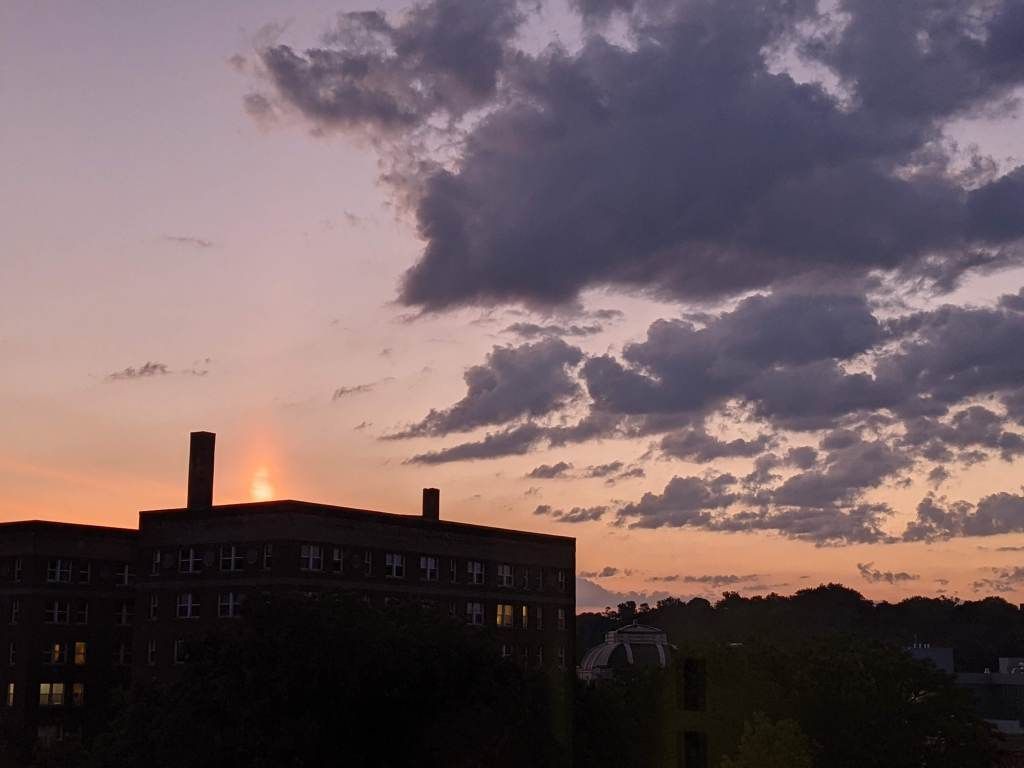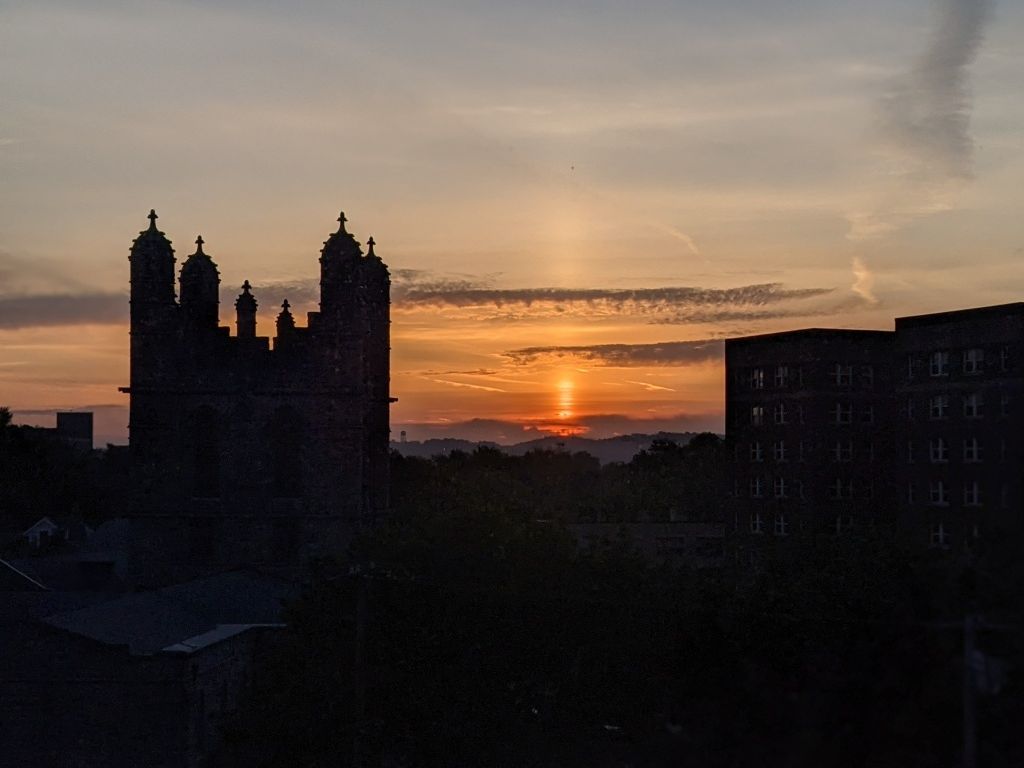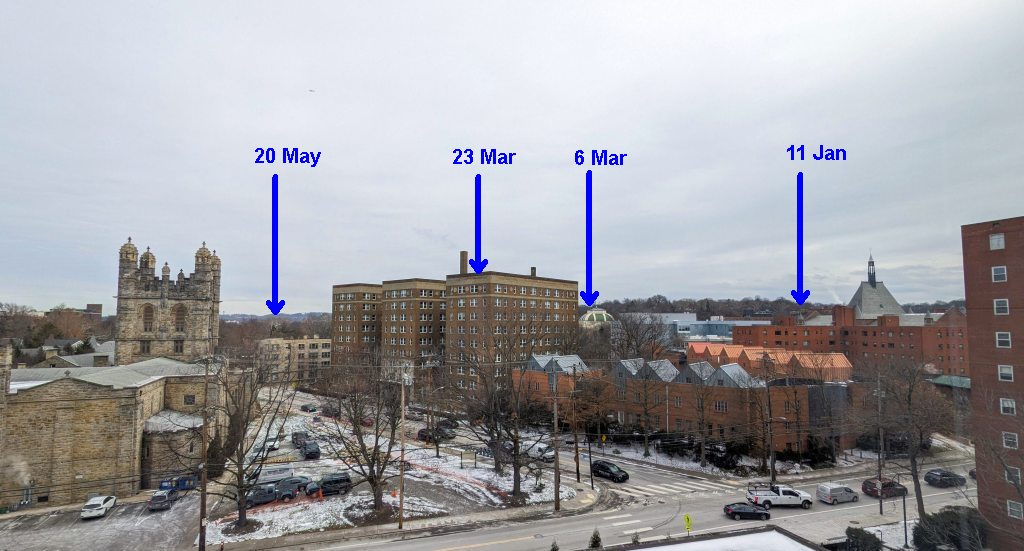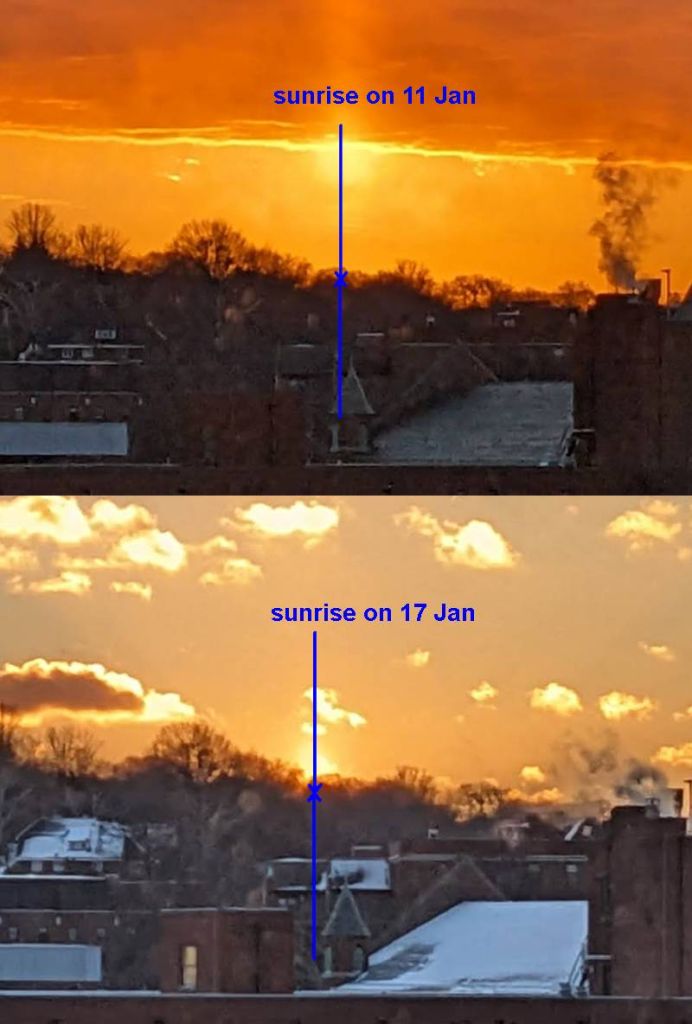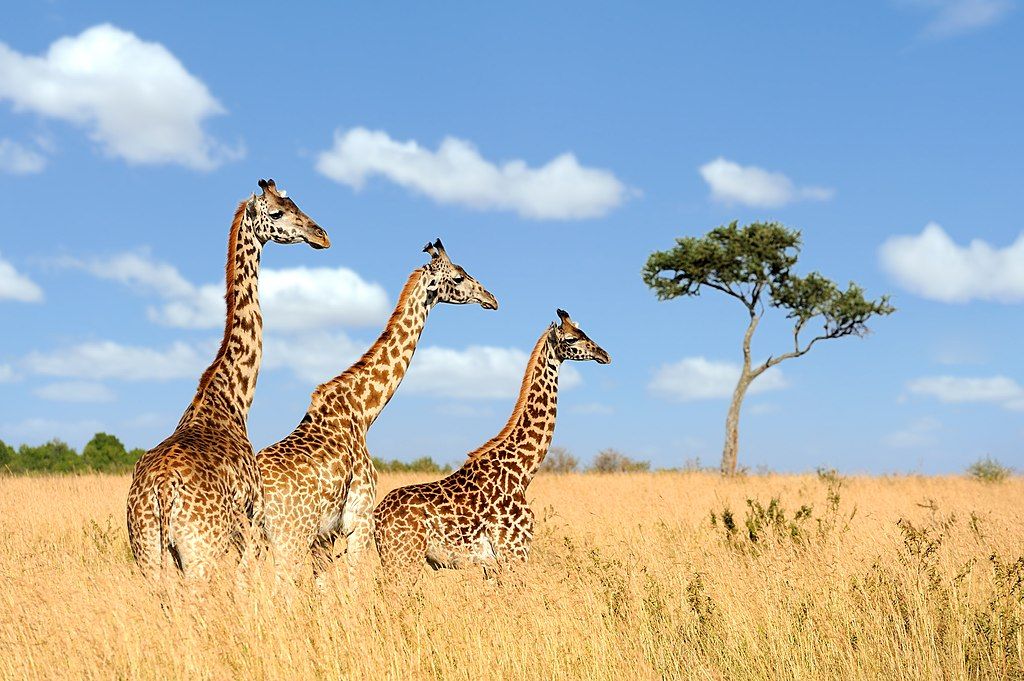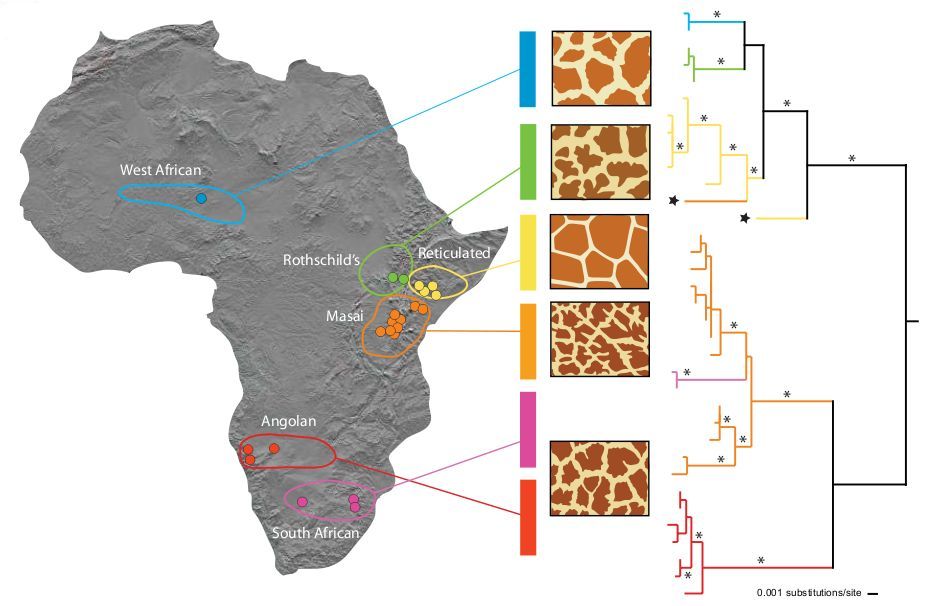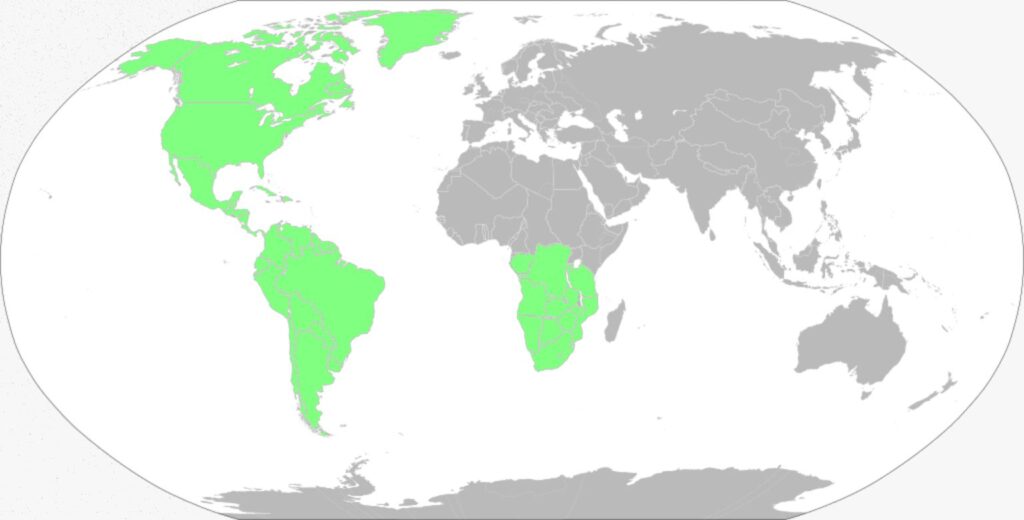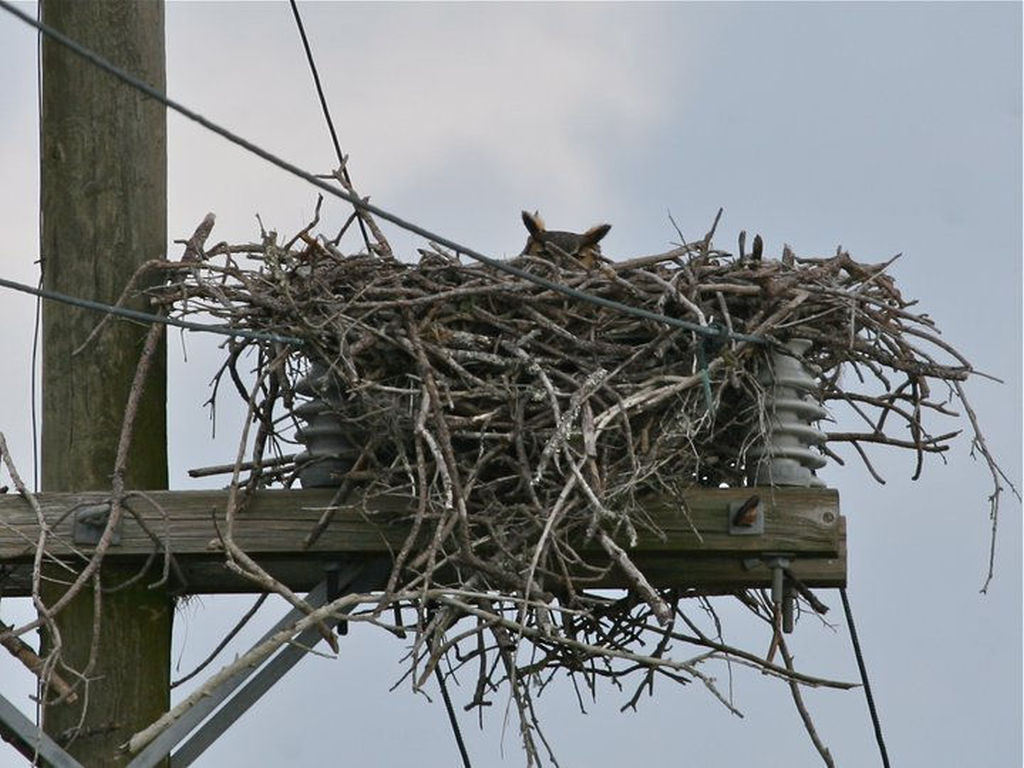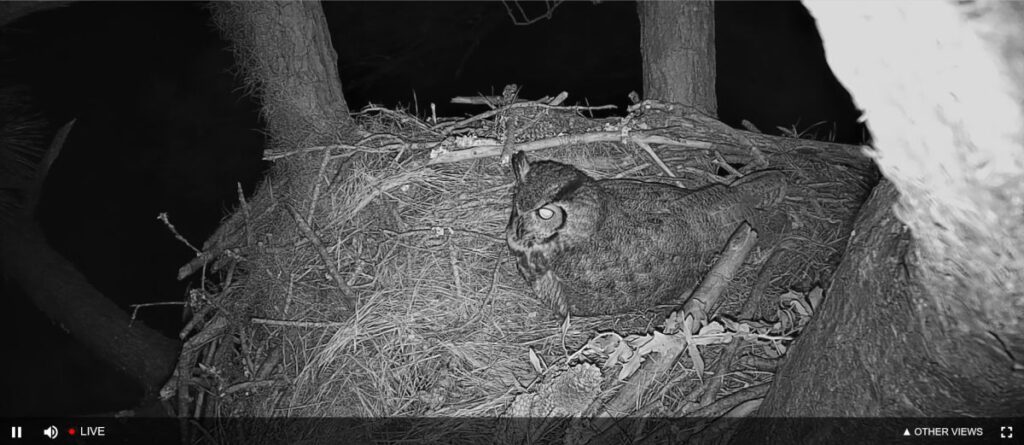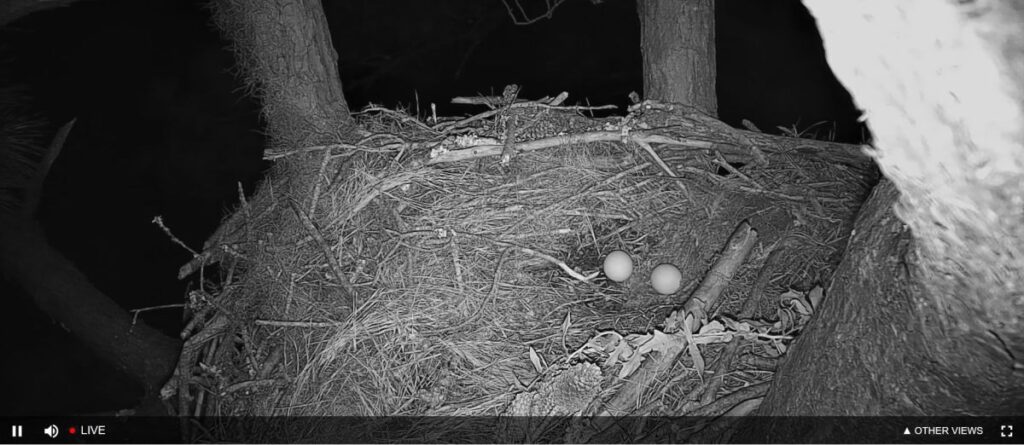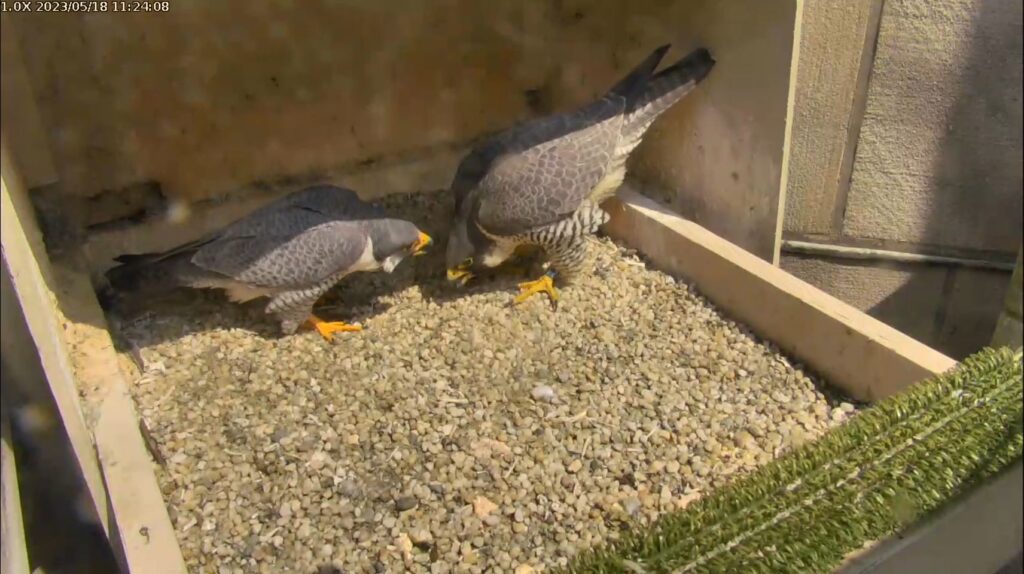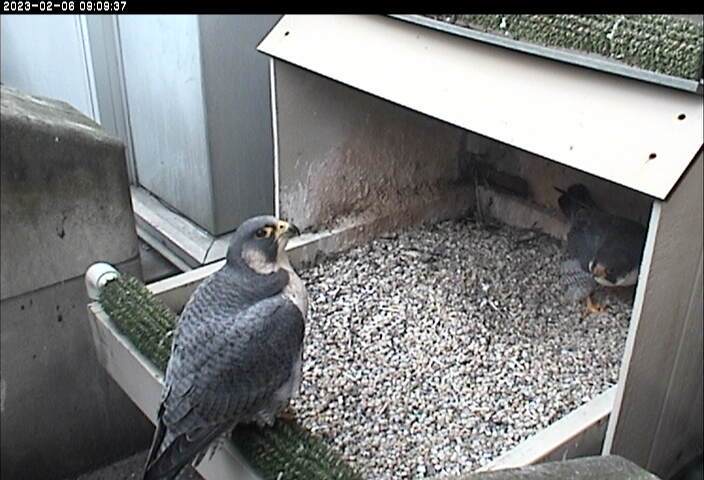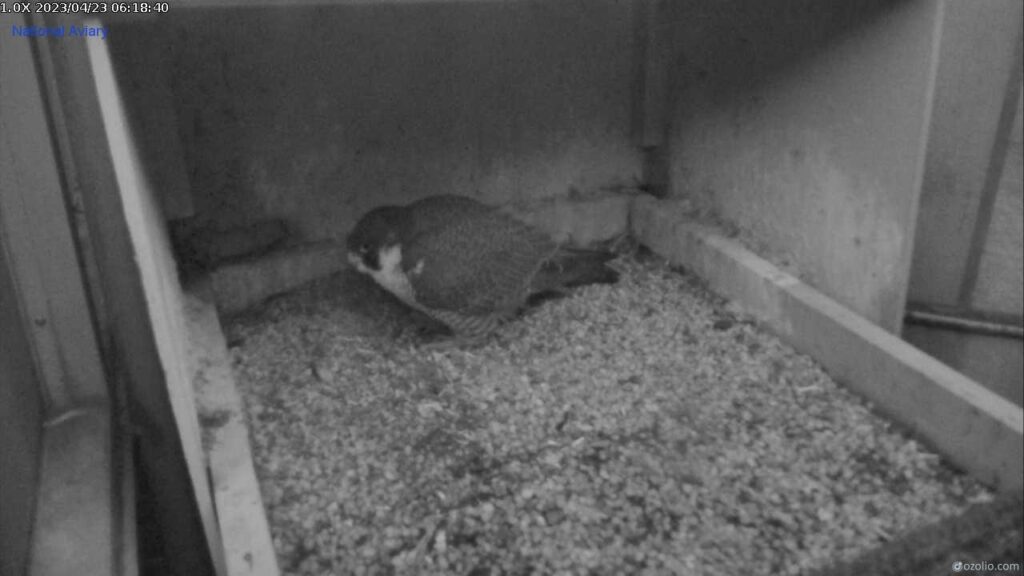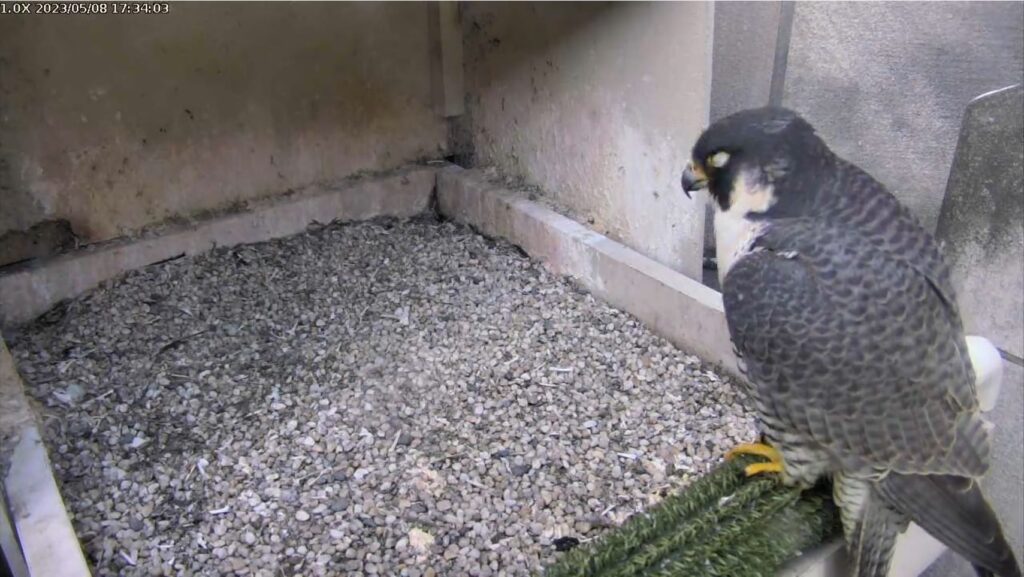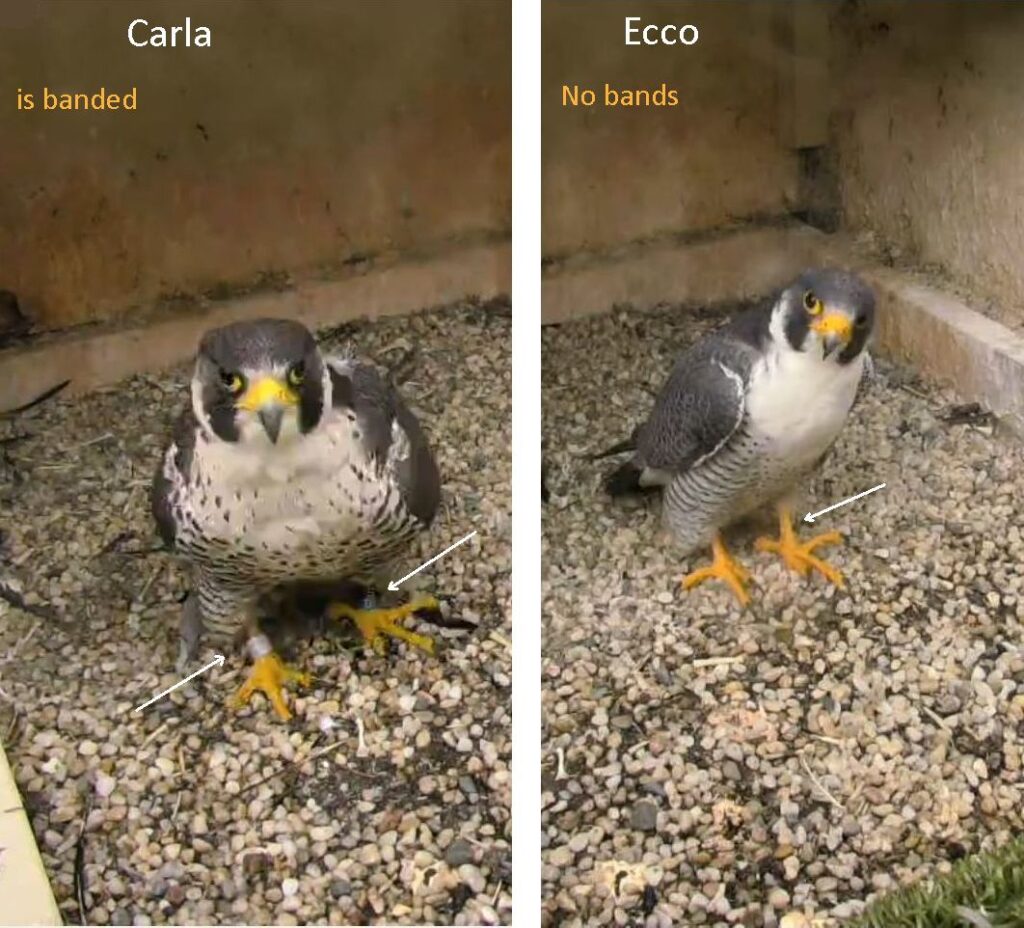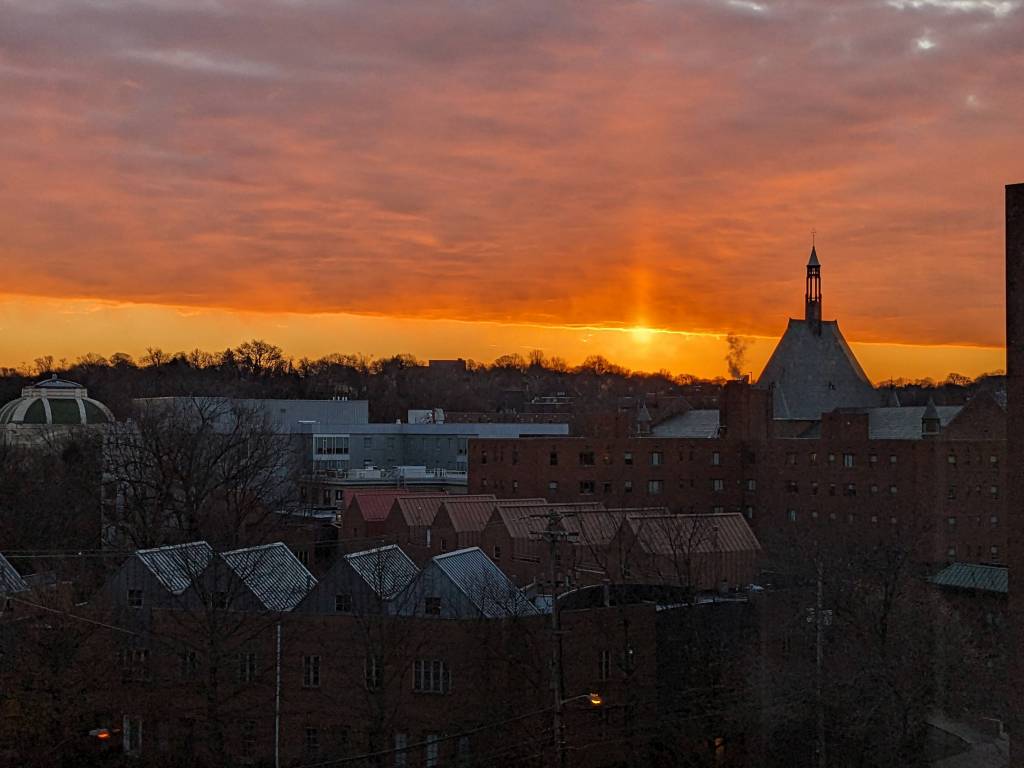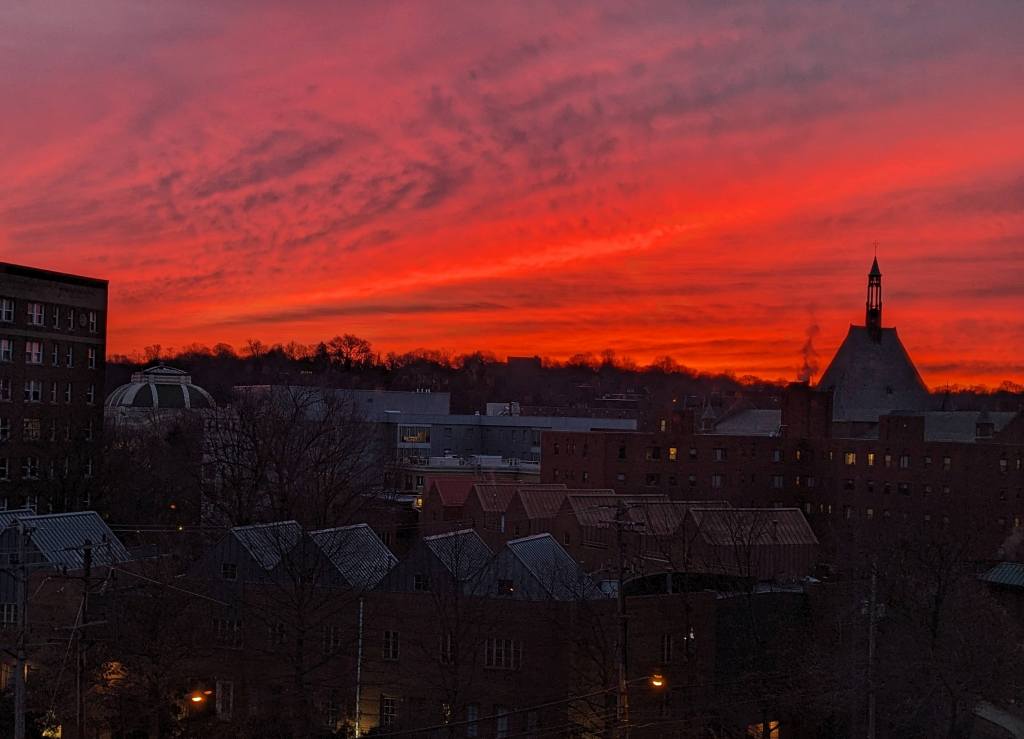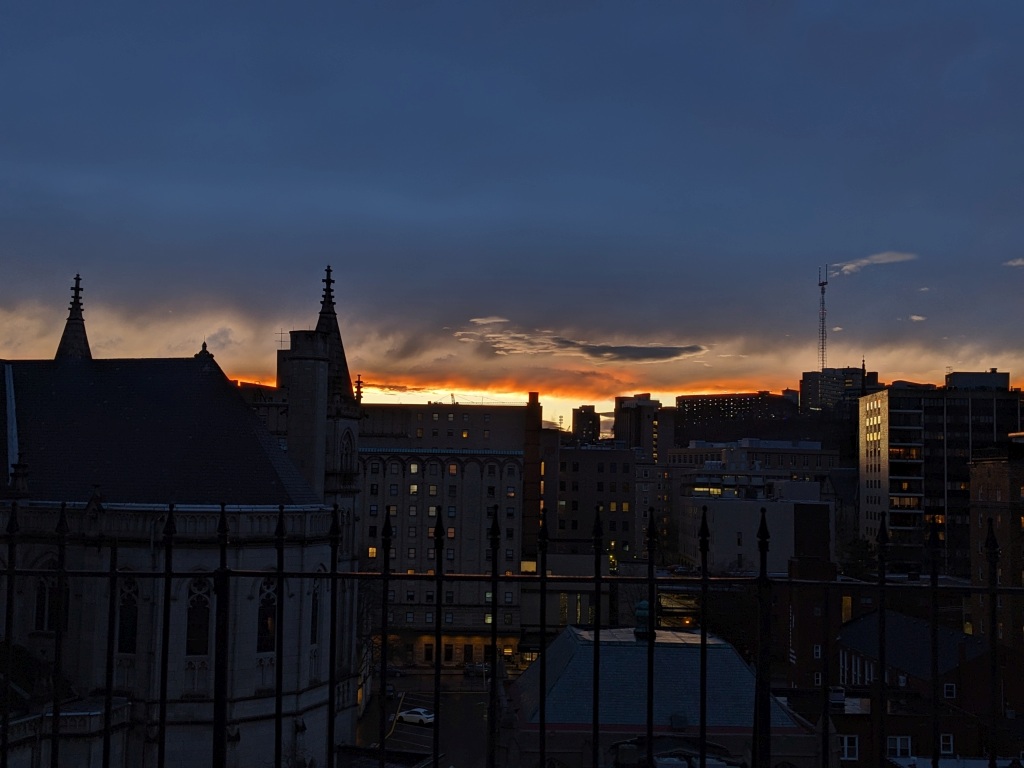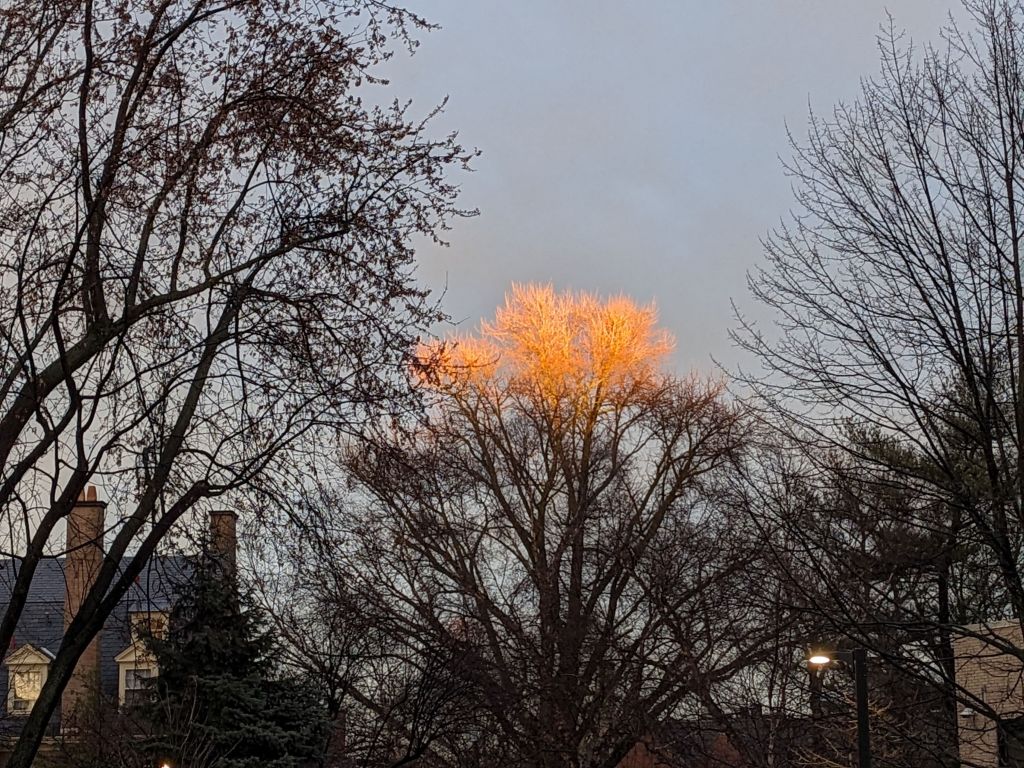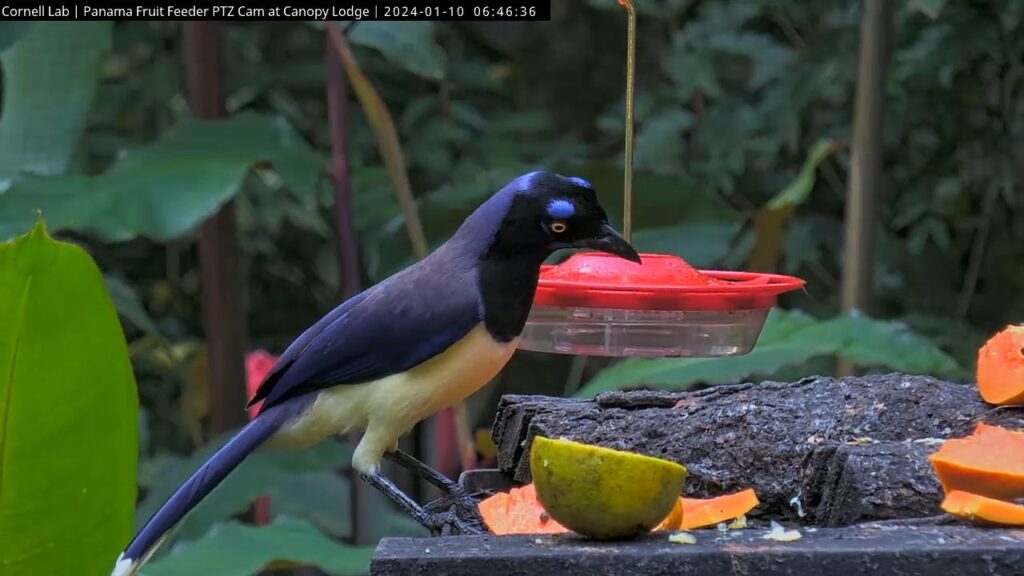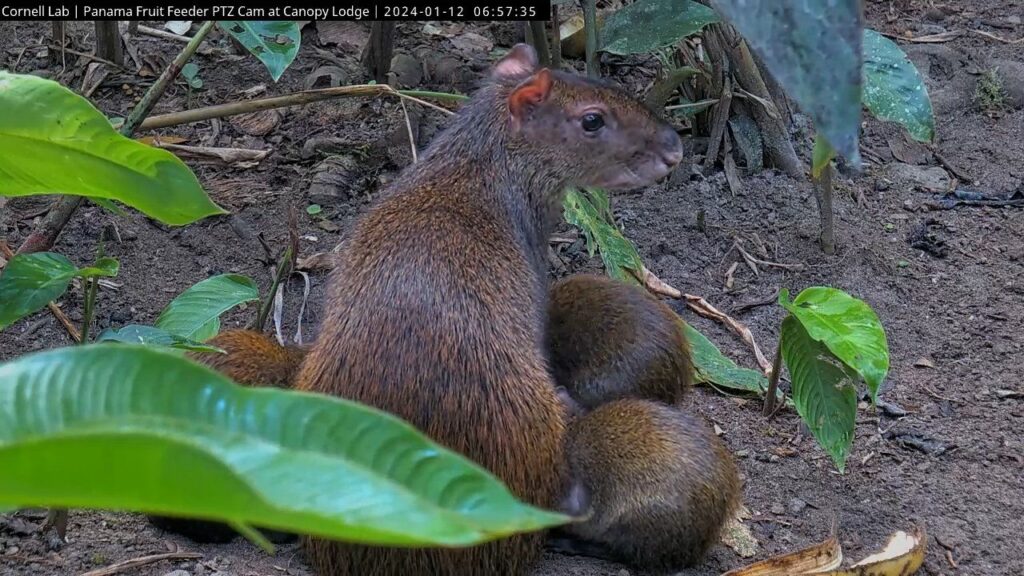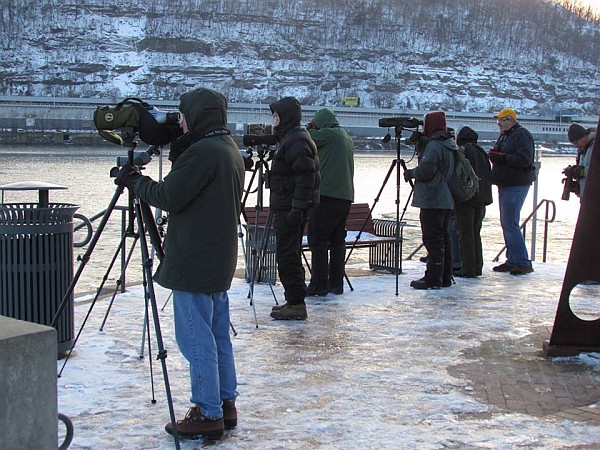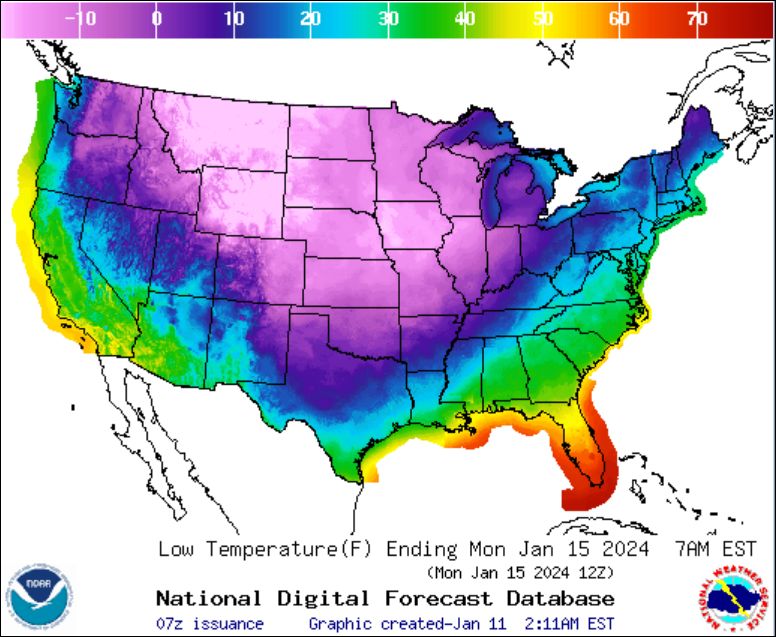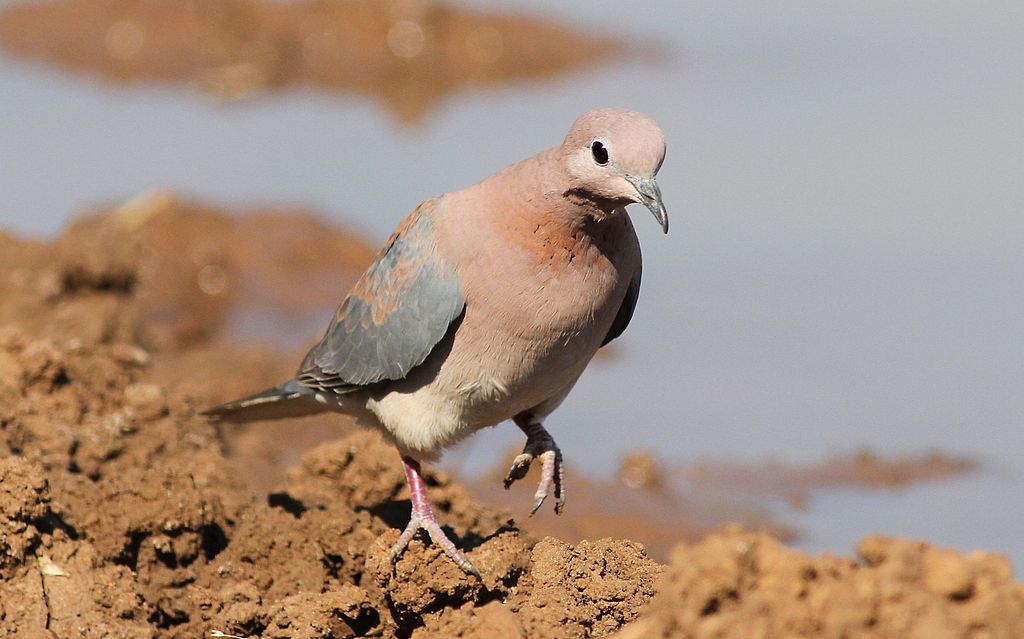
20 January 2024: Day 2, Arrive in Johannesburg, South Africa — Road Scholar Southern Africa Birding Safari. Click here to see (generally) where I am today.
Barring something unexpected, I’ll arrive in Johannesburg today at 4:05pm South Africa time (9:05am Pittsburgh time). I’m sure to see a Life Bird right off the bat, even from the airplane window. There are a handful of birds at the airport that I’ve already seen — rock pigeons, cattle egrets, common mynas (seen in Hawaii) and house sparrows — but all the rest are new to me. Crossing an ocean and changing hemispheres guarantees that nearly every bird is a Life Bird.
O.R. Tambo International Airport is an eBird hotspot, perhaps because so many (compulsive?) birders pass through here. Here are five birds that everyone sees at the airport — birds of the Old World, not the New World, so even if they resemble a North American bird they’re not in the same genus.
Laughing doves (Spilopelia senegalensis) resemble mourning doves (Zenaida macroura) but their throats are fancier when they puff them in courtship. Instead of mourning they laugh.
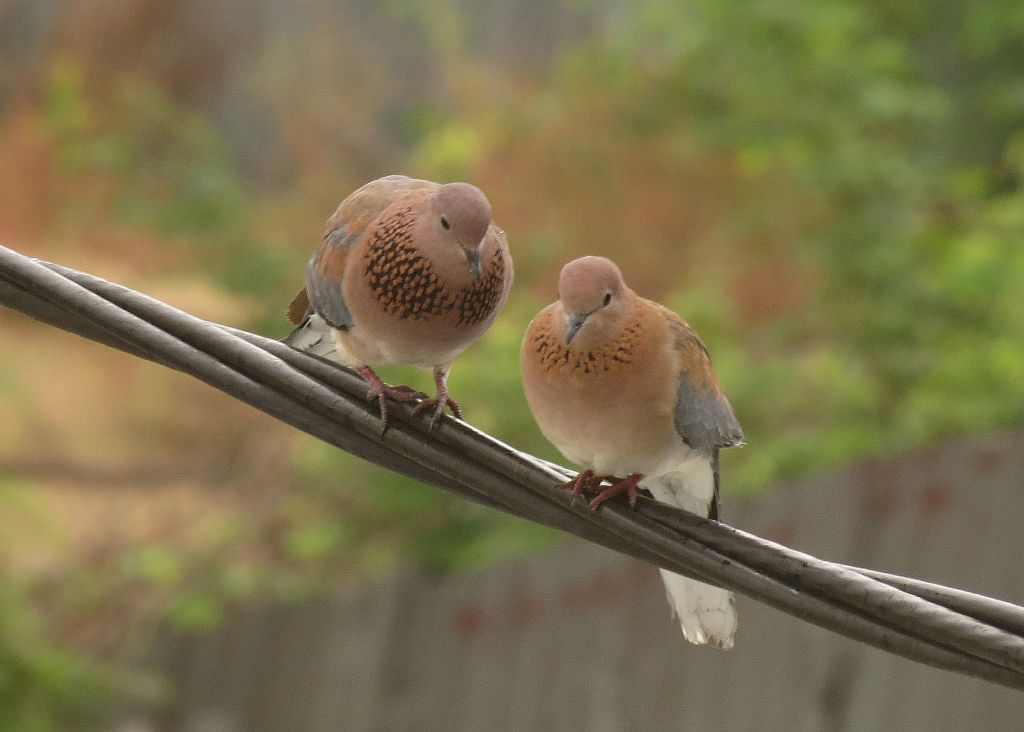
Little swifts (Apus affinis) are similar to our chimney swifts (Chaetura pelagica) though slightly smaller with white throats and rumps. The white features are not easy to see against the sky.

You can tell that the pied crow (Corvus albus) is a crow but he looks mighty different. He wears a white vest and is heavier then our American crow (Corvus brachyrhynchos).
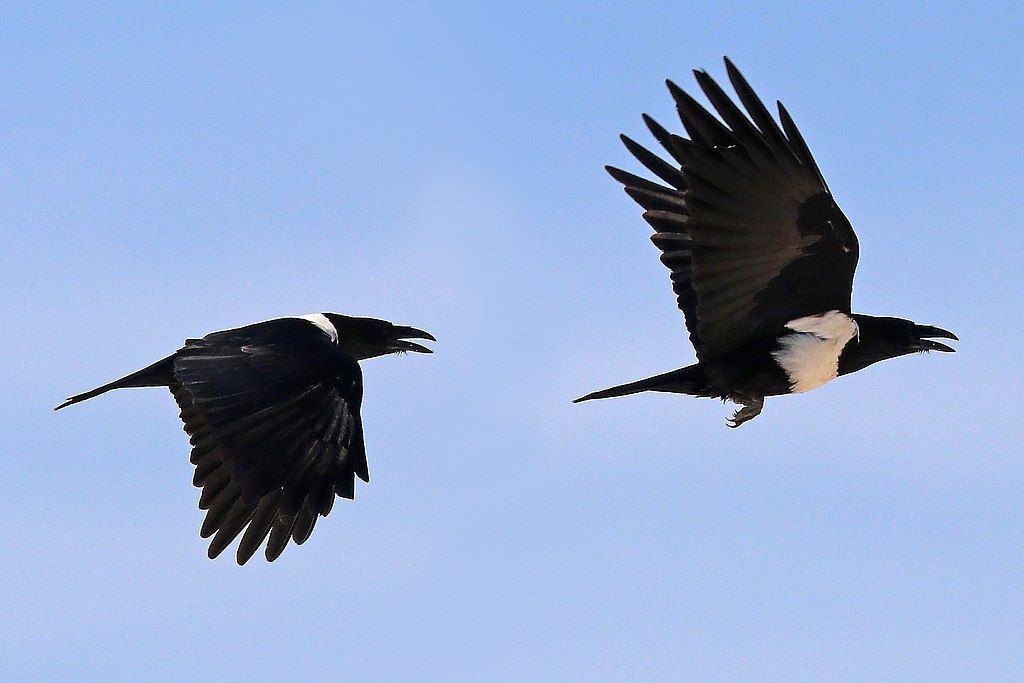
We don’t have the southern masked weaver (Ploceus velatus) in North America. His beauty and size put the house sparrow to shame.
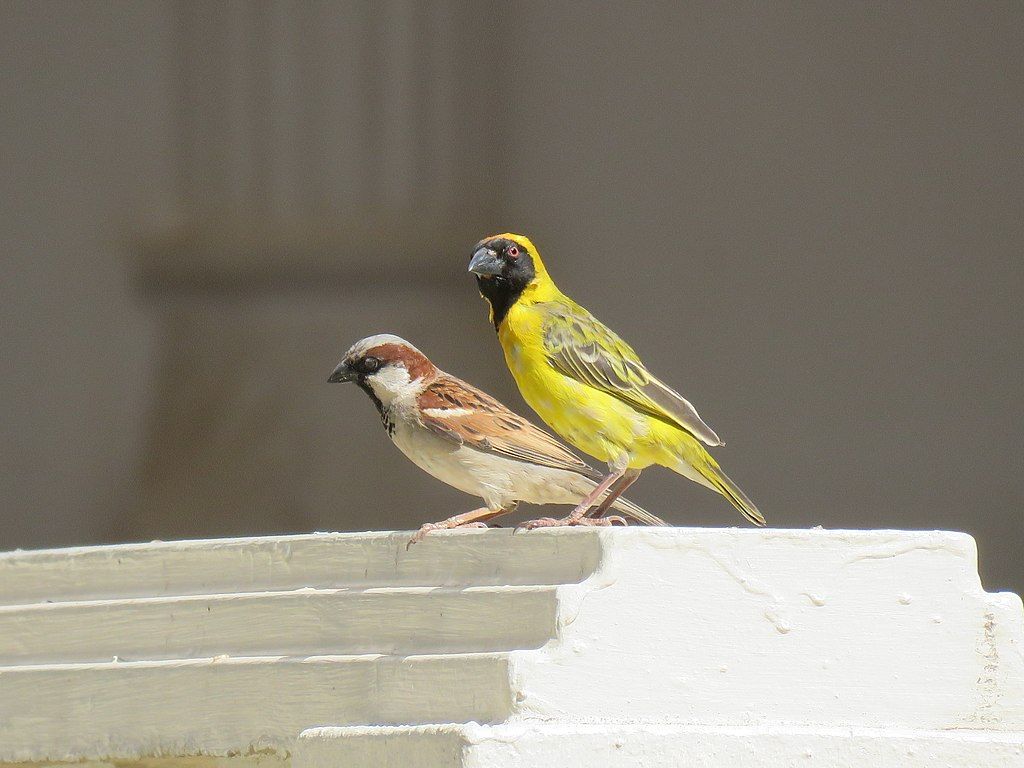
House sparrows were imported to South Africa just as they were to North America. Why did someone bother to bring in house sparrows when South Africa has a more beautiful native — the Cape sparrow (Passer melanurus) also called “mossie.”
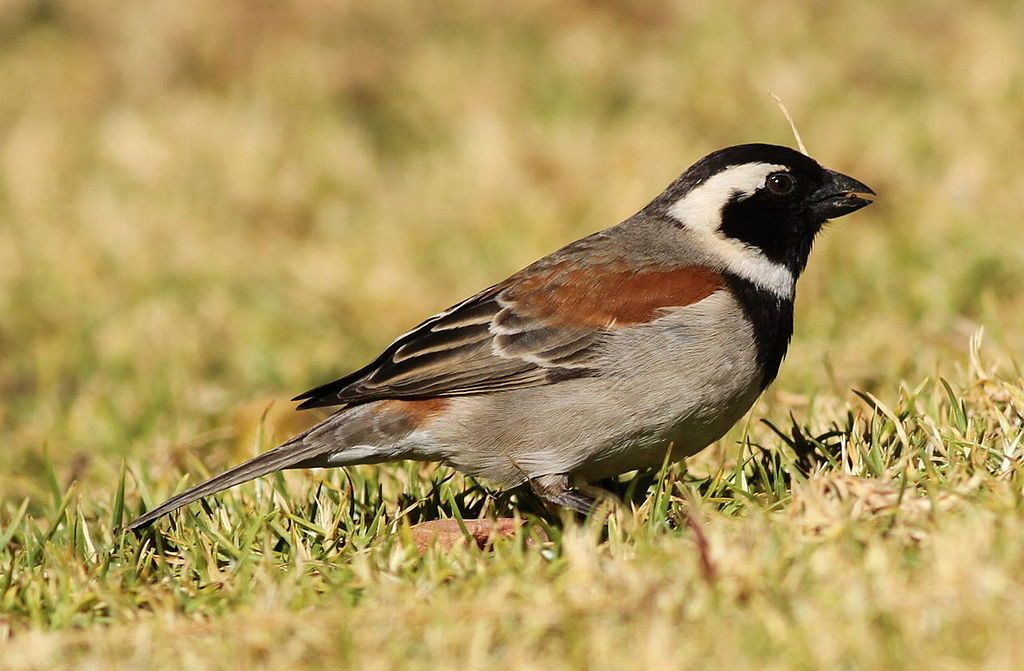
By the time I’m on the road to the hotel I’ll have seen at least five Life Birds.
(photos from Wikimedia Commons; click on the captions to see the originals)
